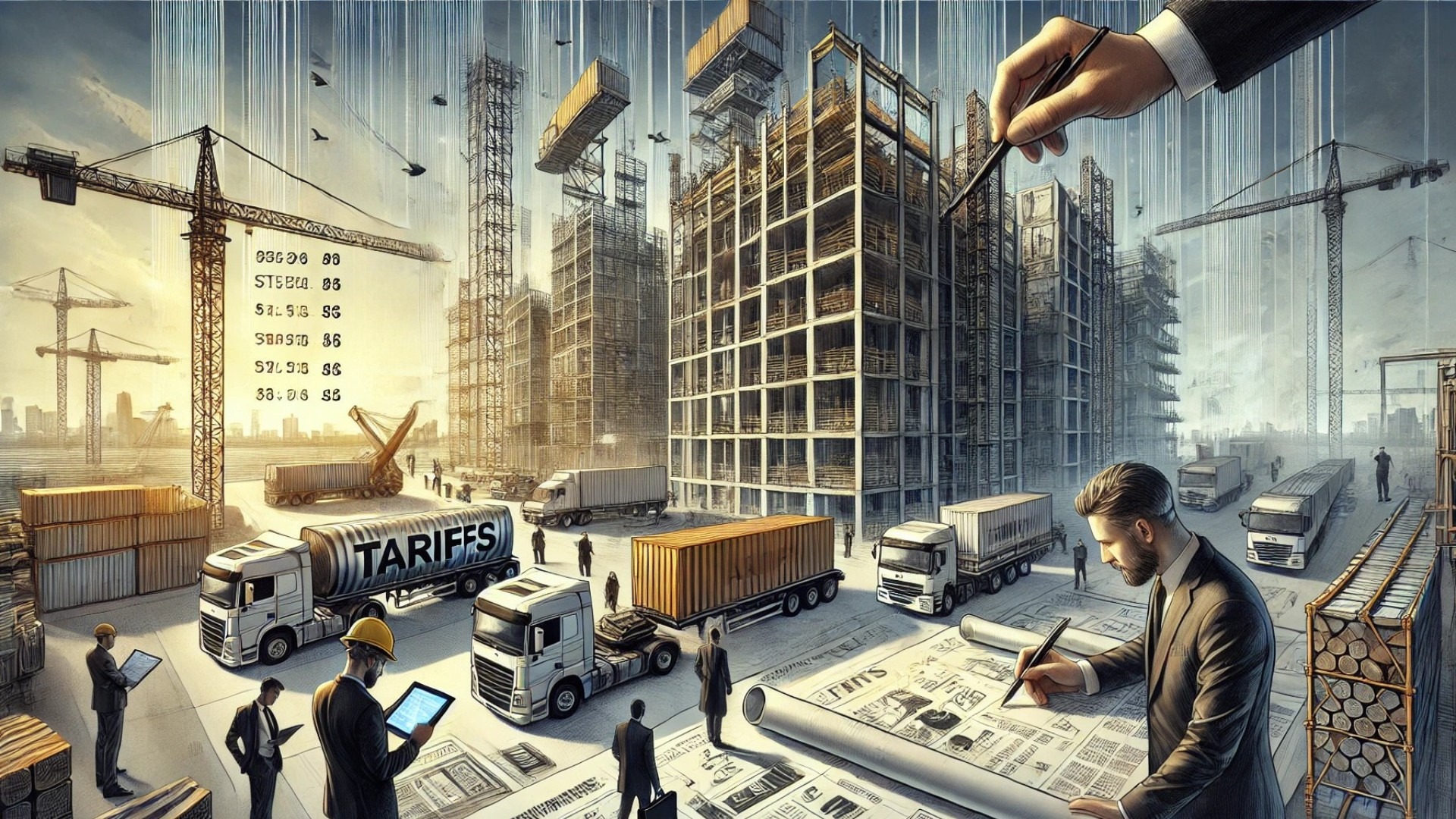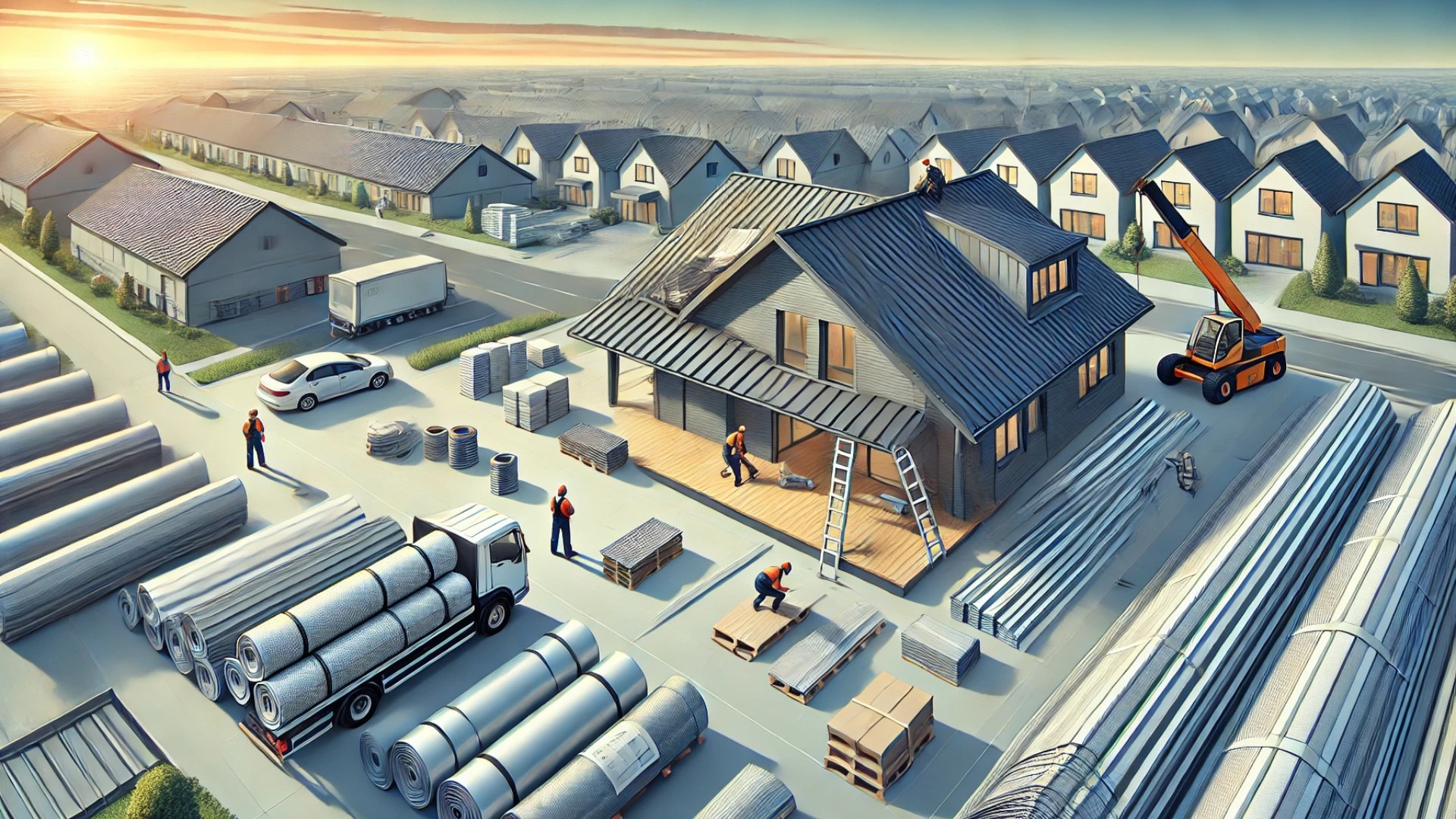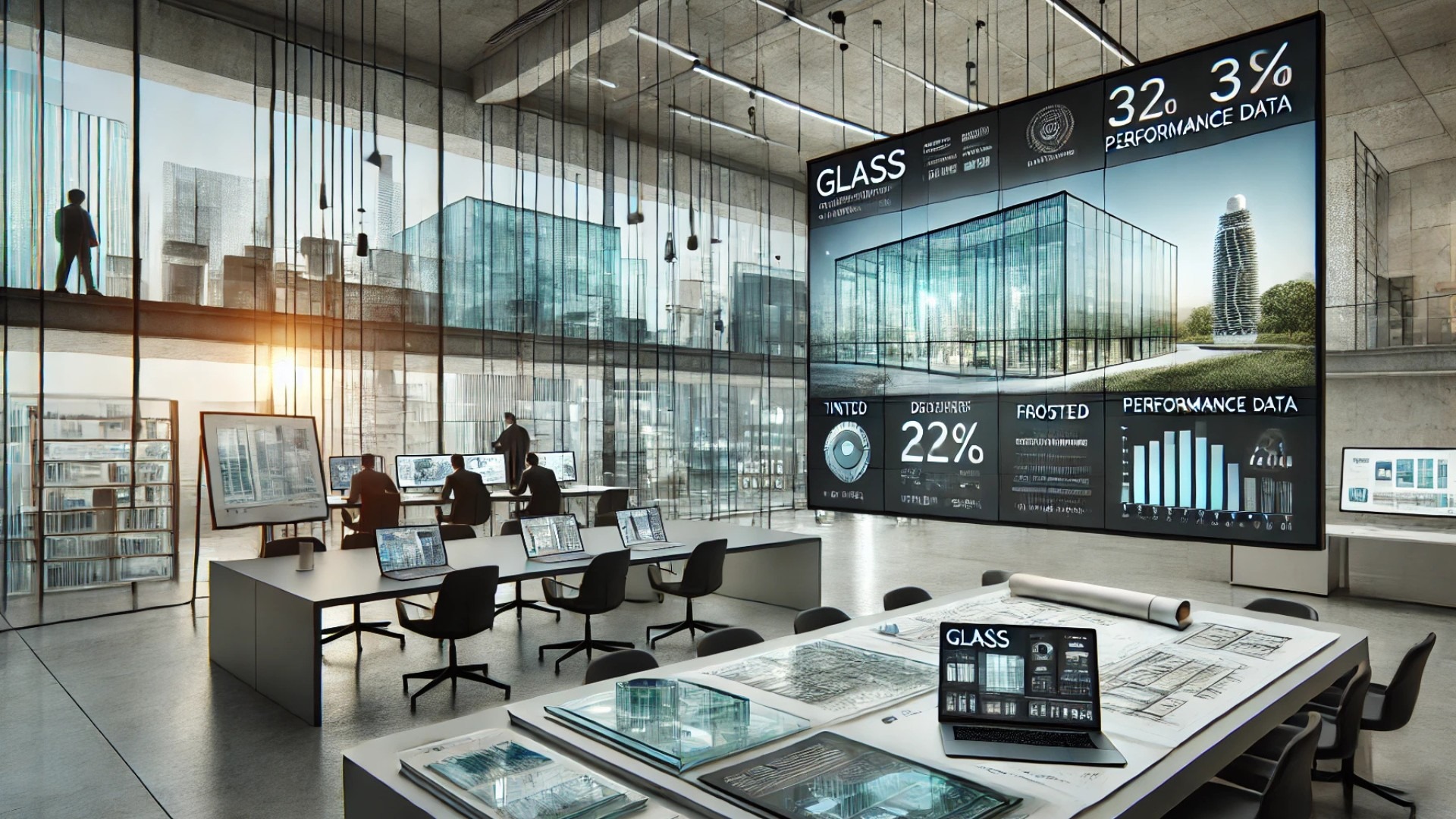
Understanding the Turbulent Landscape of Tariffs
Tariffs, taxes levied on imported goods, have long been a contentious element of trade policy, shaping economic dynamics across industries, particularly construction. With the recent reinstatement of tariffs on aluminum and steel, the ripple effects are set to challenge architects, specifiers, and contractors alike. The implications of these tariffs extend beyond mere cost fluctuations; they redefine project viability and profitability.
How Tariffs Impact Material Costs
Recent data indicates that tariffs on essential construction materials can hike costs by an average of 25%. For architects and designers reliant on aluminum and steel for structural integrity, this surge translates into higher procurement costs. Project budgets that once seemed manageable may now feel constrained, with increased material costs pushing many projects into the realm of uncertainty. For instance, a project initially estimated at $1 million may quickly escalate to $1.25 million due to these tariffs, compelling architects to reassess their material selection and budgetary frameworks.
Supply Chain Disruptions: A New Challenge
In addition to increased material costs, tariffs can severely disrupt established supply chains. Architects and contractors have traditionally relied on predictable procurement timelines, but the introduction of tariffs may lead to unpredictable delivery schedules. As seen in various case studies, the introduction of tariffs not only delays material delivery but also necessitates changes in sourcing strategies, compelling firms to consider alternative materials or suppliers.
The Emotional Toll on Architects and Specifiers
For architects, the stress of navigating heightened material costs coupled with supply chain uncertainties can feel overwhelming. The pressure to deliver projects on time, whilst managing higher costs and client expectations, can weigh heavily on their shoulders. Furthermore, clients may express frustrations over increased budgets and timelines, intensifying the emotional strain on design teams.
Innovative Material Alternatives: A Way Forward
As architects face these challenges, there lies a significant opportunity to explore alternative building materials. Innovative solutions such as mass timber or recycled materials not only provide a competitive edge in mitigating rising costs but also promote sustainability. By pivoting towards these materials, architects can not only address budgetary constraints but also enhance the environmental stewardship of their designs.
Strategies for Mitigating Tariff Impacts
Date-driven companies are now employing strategic approaches to counteract the ramifications of tariffs. Strategies such as diversifying suppliers and implementing forward contracts can help lock in prices and stabilize procurement. Staying informed on evolving trade policies allows architects and designers to proactively adjust their project strategies, ensuring they remain ahead of potential cost surges.
The Broader Economic Implications
The broader construction ecosystem does not operate in isolation; tariffs can have far-reaching implications on the economy as a whole. With rising construction costs, there is a heightened risk that housing prices may surge, exacerbating affordability crises across markets. The resultant economic downturns could further stifle development, compounding risks for architects and stakeholders reliant on a flourishing construction sector.
Conclusion: Navigating the Tariff Storm
The landscape of American construction is at a crossroads; the growing influence of tariffs necessitates a shift in how architects and specifiers approach project planning and execution. By understanding the complexities introduced by these trade policies, leveraging innovative alternatives, and adopting mitigation strategies, professionals can transform challenges into opportunities for resilient design and construction. As architects tackle the increased pressures and heightened expectations set by tariffs, adaptability will be essential for success in this evolving industry.
 Add Row
Add Row  Add
Add 

 Add Row
Add Row  Add Element
Add Element 




Write A Comment